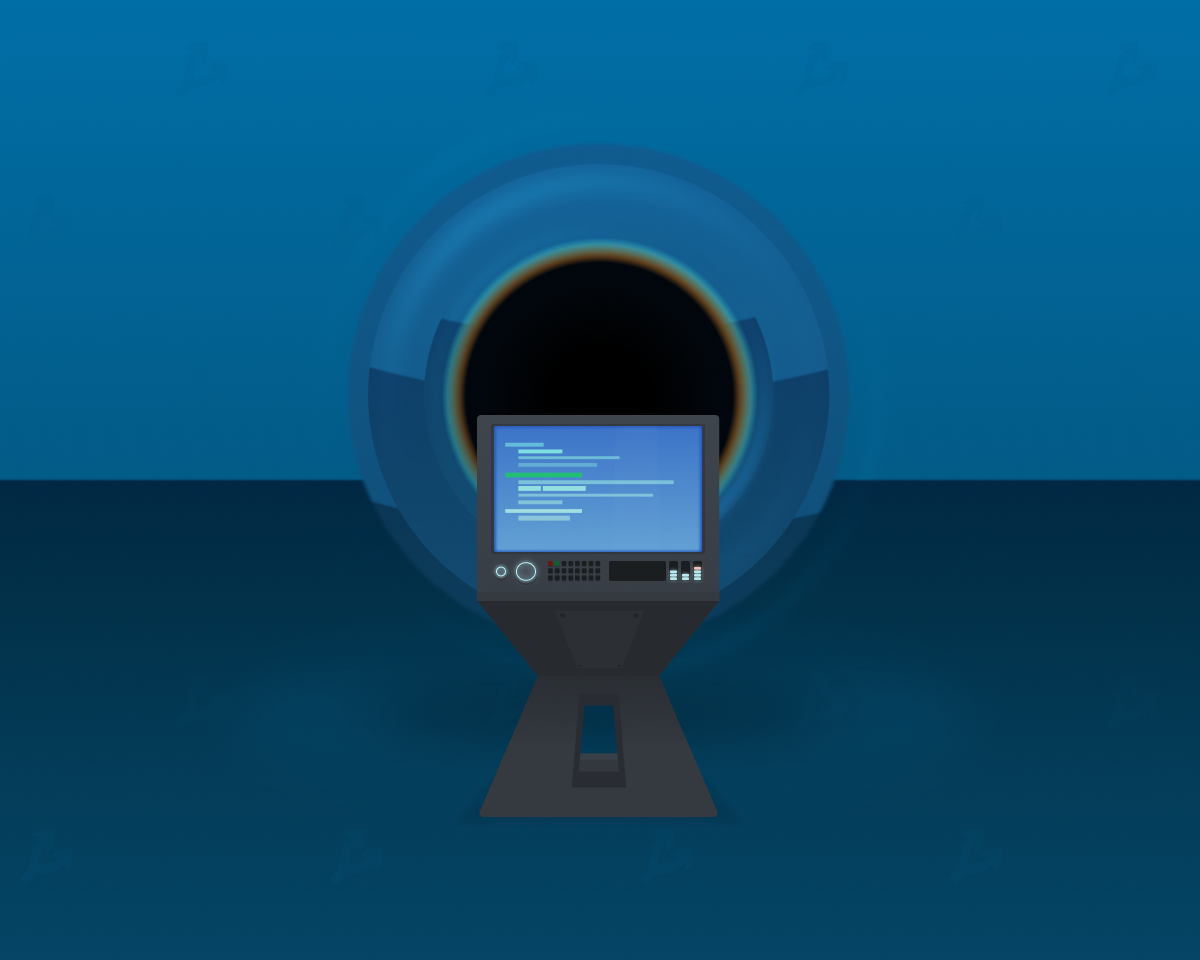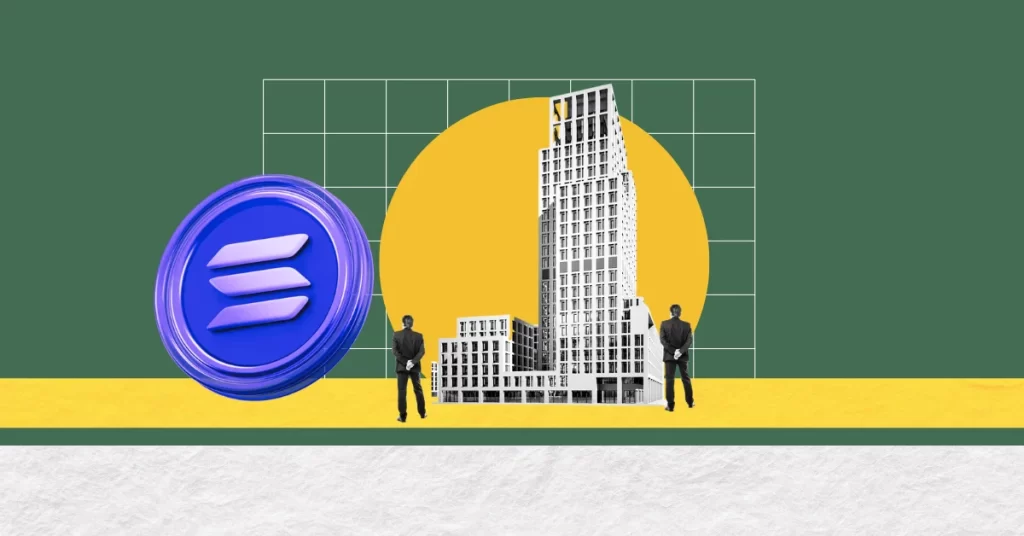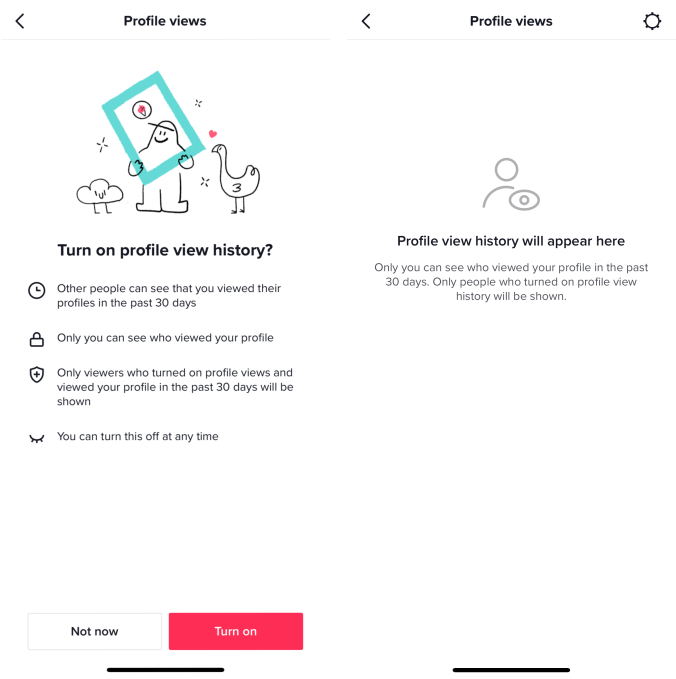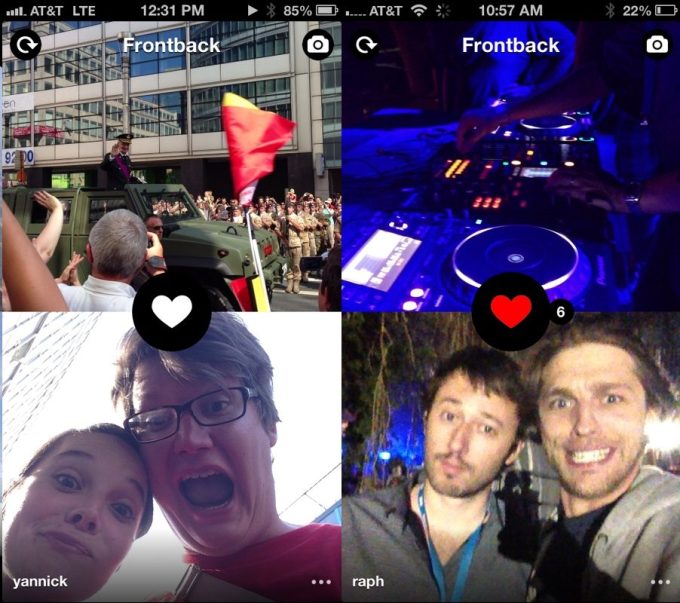
Grab, the Southeast Asian super app, has tapped Solana-based DePIN project Natix to improve its AI-driven mapping technology.
On May 6, Natix announced the partnership as part of its push to build a global, decentralized network for real-time, high-resolution map data.
Natix is a Solana-based decentralized mapping project that rewards users for contributing street-level imagery through its blockchain-powered model, with the main goal of disrupting traditional mapping methods with a more scalable and cost-effective alternative.
What is the role of Natix?
Grab, a popular platform known for its ride-hailing, food delivery, and financial services across Southeast Asia, has spent years building its mapping system powered by driver data and smart camera hardware.
Now, it’s plugging that system into Natix’s decentralized infrastructure to enhance its maps with new, user-generated 360° imagery.
As part of the partnership, Natix will launch a new device called VX360, built on Grab’s hardware stack, to let Tesla drivers capture and contribute camera data to the network.
Under this model, anyone with supported hardware, like a smartphone, dashcam, or in this case, Tesla’s VX360 device, can collect street-level imagery and upload it to the network.
The platform already operates what it claims is the world’s largest on-street camera network, relying on its AI-powered Drive& app and other connected devices to crowdsource real-time mapping data.
“This rich visual data powers fresher maps and provides critical training and validation datasets for autonomous driving and Physical AI applications, ” Grab wrote in an accompanying LinkedIn post.
In return, users earn crypto rewards in the form of NATIX tokens, the platform’s native token, thereby creating a decentralised, crowd-powered alternative to expensive, centrally-managed mapping systems.
Grab adds to the partnership with its KartaCam camera systems, which include compact action cameras, 360° imaging devices, and dashcams used by its network of drivers.
These cameras are designed to capture street-level imagery during regular operations such as rides and deliveries.
The collected footage is then processed by Natix’s AI pipelines, which extract map-relevant data such as road changes, signage, and incidents like accidents or construction.
This information is structured into map-ready layers that support navigation tools, autonomous driving systems, and other physical AI applications.
While centralised platforms like Google Street View and TomTom dominate today’s map services, Natix argues they’re too slow and expensive to keep up with real-world changes.
By connecting with Grab’s tech and reach, Natix believes it can solve that problem using a blockchain-based system that’s faster, cheaper, and more inclusive.
NATIX rallied over 4% after news of the partnership broke despite a broader slowdown across the crypto sector.
At press time, it was trading at $0.0006096.
Grab expands blockchain footing
This isn’t Grab’s first foray into the blockchain and crypto space. In March 2024, the company partnered with crypto payments provider Triple-A to allow users to pay for rides, food deliveries, and other services using cryptocurrencies like Bitcoin, Ether, and USDC.
Grab has also been exploring blockchain integrations within its financial services arm, including pilot projects focused on digital asset wallets and tokenised loyalty programmes tied to its broader super app ecosystem.
As previously reported by Invezz, Grab recorded slower growth over the past year but managed to reduce its operating loss from $93 million to $38 million.
The company also reported steady revenue gains and is reportedly in advanced merger talks with Indonesia’s GoTo to bolster its position in Southeast Asia’s competitive tech sector.
The post Grab partners with Natix to build DePIN-based maps using Tesla camera data appeared first on Invezz















 English (US) ·
English (US) ·